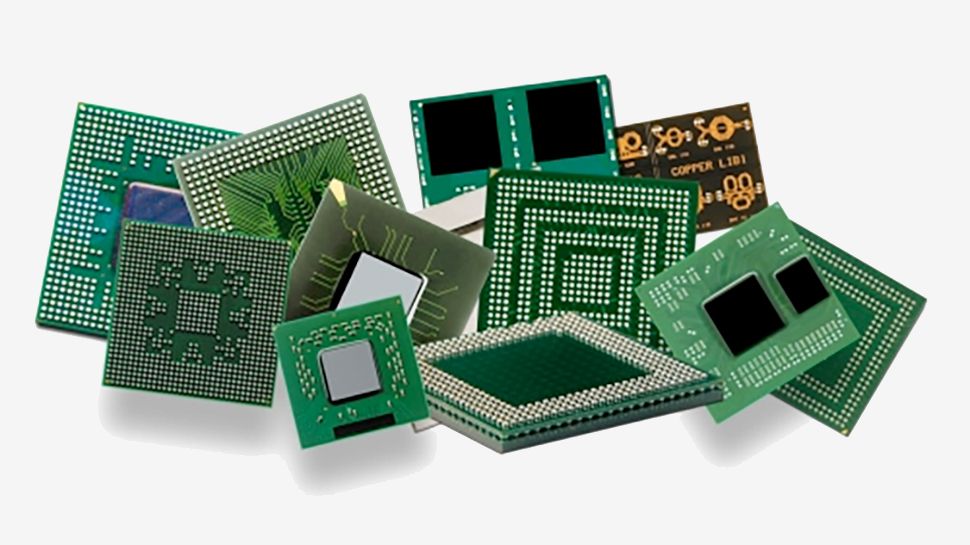
Fake chips have recently flooded the Chinese market, the world's largest manufacturing hub, reports The Epoch Times. As a result, those fake chips could make it to other markets as China exports finished products, so actual products containing substandard chips could become widely available.
Chip Shortages Bring New Risks
The global chip shortage has already increased the prices of components and electronics, but there is another negative effect that tight supply might bring: a flood of counterfeit chips. Not only these products can ruin the user experience, but they can also pose safety risks. Counterfeit parts may actually work and even achieve the right performance levels. But depending on how a particular part was built, it may fail after some time of use, or under certain conditions.
Getting a batch of recycled or faulty chips is a huge problem for smaller companies that do not have the capacity to test all of their finished goods. But at least they can recall a potentially malfunctioning lot, especially if is aimed at industries like automotive or healthcare. The real big problem arises if distributors mix good and recycled/faulty parts and sell them in one batch, reports The Epoch Times. Furthermore, potentially imperfect chips are sold at the same price as good chips, making them even more difficult to detect. In many cases, nobody will know that certain pieces of equipment are potentially bad before they fail.
The problem with counterfeit chips and potentially faulty components is worsening amid the global chip shortage because manufacturers cannot allocate enough semiconductor production capacity, and also do not have enough packaging and testing capacities.
Counterfeiters constantly monitor the market and understand which products are in short supply. When an earthquake and tsunami hit Japan in 2011, they disrupted the local electrolytic capacitors supply chain. As a result, makers of motherboards and other parts had to start buying capacitors from third parties. Shortly, fake capacitors made their way to the market, ZDNet reported last month.
Counterfeit reporting databases like ERAI help manufacturers to identify fake components. As of last month, experts like ERAI's Diganta Das have not noticed a surge in the number of forged components cases in the U.S., but since they are becoming widely available in China, it is inevitable that some of these chips will make it to other markets. What is worse, some of them will come inside actual products that are poised to fail at some point.
Fake Chips - An Old Problem
Forged chips have existed for decades. For PCs, counterfeiters would apply new markings on processors they bought in retail and sold slower chips at higher prices. This type of fakes was eradicated in the early 2000s when AMD and Intel started to flash CPU models into the ROM of their processors, making it easy to identify remarked units. With chips and components bound for commercial, industrial, healthcare, or military equipment, the situation is slightly different as fraudsters can sell untested, unqualified, nonconforming, remarked, recycled, and simply malfunctioning chips. They can also build parts like SSDs or memory modules from scratch and place fake labels and markings on them.
Large PC manufacturers tend to buy chips directly from manufacturers, so getting a notebook from a top-five vendor containing a fake component is an unlikely scenario. Smaller producers of commercial and industrial devices buy chips either directly from their producers (or developers in case of fabless suppliers like AMD or Qualcomm) or large distributors like Arrow, Avnet, Ingram Micro, or Mouser. These companies sell tens of billions of dollars worth of chips every year, and they are vital for the industry.
But in a world where manufacturers can't get enough chips from their usual partners, they may sometimes have to buy components from small resellers on the open market. The resellers get chips from various sources, including large makers that have surpluses and some less trustworthy vendors. Occasionally these resellers inadvertently (and at times knowingly) sell counterfeit chips. Most manufacturers understand the risks and tend to buy from known and reliable sources and test components before using them, but some might take a risk in the current situation.
Impossible to Avoid
It is close to impossible to buy a fake graphics card, a motherboard, or a laptop these days, but it is possible to get one with components that have not been properly tested and/or come from an unreliable source. Getting a counterfeit memory module or a solid-state drive is far easier since their forgery is fairly easy. Replacing a PC component is not hard, so while any fake poses a risk, it is not dramatically high with computer parts.
Nowadays we use dozens of electronics devices that can potentially be equipped with a forged component. Some devices do not play a crucial role, but various smart home products are important for everyday life and may actually affect safety. Unfortunately, you never know what is inside those parts and how they are going to behave in the long run.
"chips" - Google News
July 09, 2021 at 12:26AM
https://ift.tt/3jSeKlc
Fake Chips Proliferating in China Market, Spreading Overseas: Report - Tom's Hardware
"chips" - Google News
https://ift.tt/2RGyUAH
https://ift.tt/3feFffJ
Bagikan Berita Ini















0 Response to "Fake Chips Proliferating in China Market, Spreading Overseas: Report - Tom's Hardware"
Post a Comment